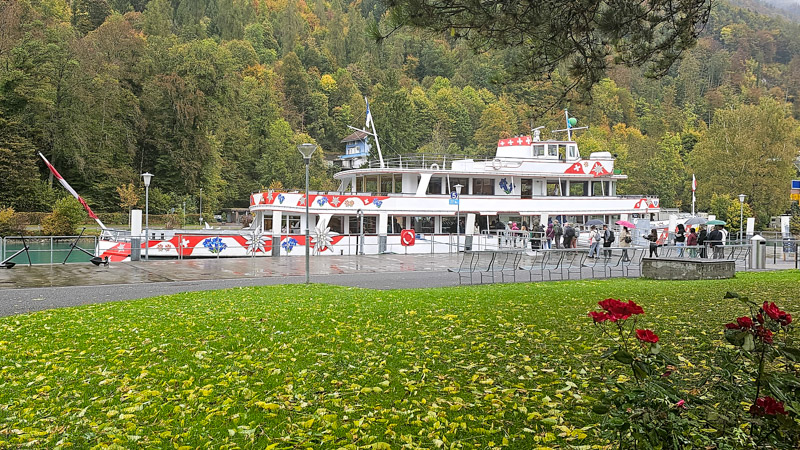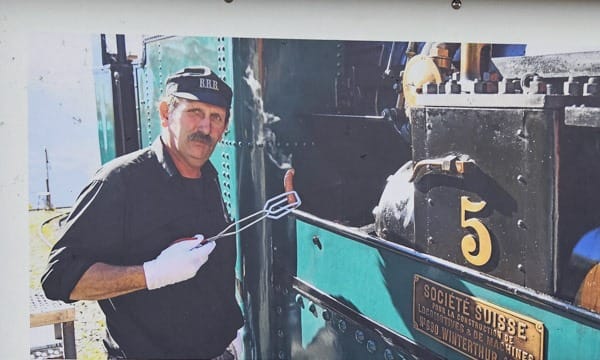Steamy sausage: Brienzer Rothorn Bahn
Sylvia's train adventure is not the wurst.
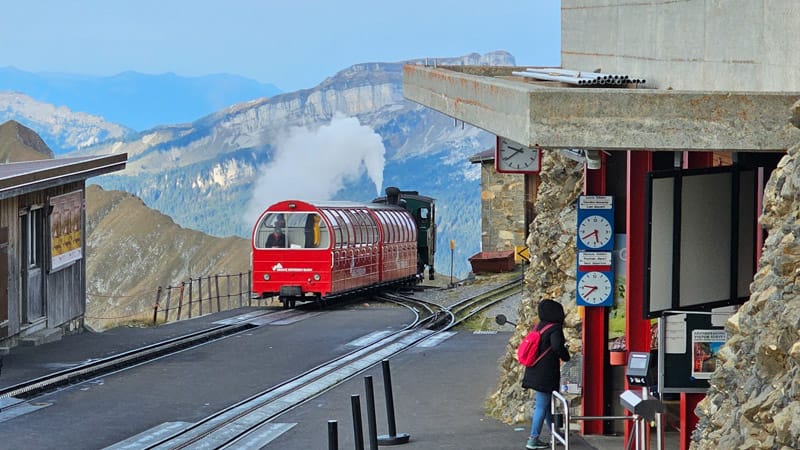
The one good thing about the airshow cancellation was that I had a spare day to take the steam train up 10,000 feet to the peak of Brienzer Rothorn.
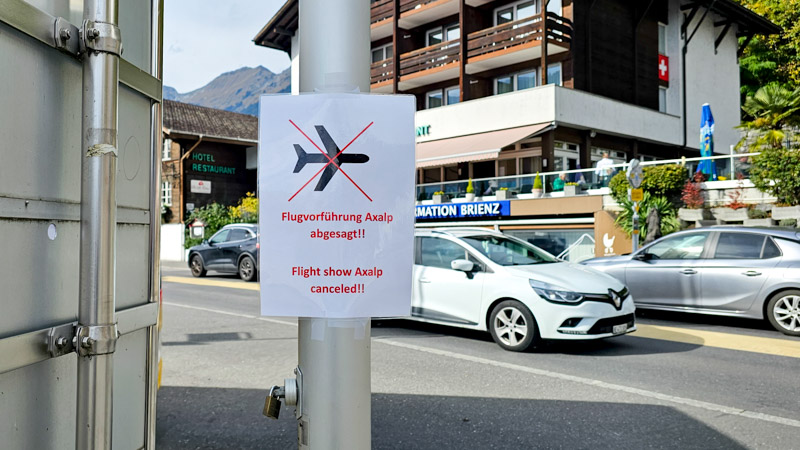
The Brienz Rothorn Bahn (BRB) is one of the top tourist attractions in the area, located directly across from the ferry port from the days when the only transport from Interlaken to Brienz was by boat across the lake.
My interest was piqued by a poster showing a scowling gentleman holding a steaming sausage. Despite this, I decided to make the journey, opting for an early train to beat all the other disappointed airshow guests fighting for a seat.
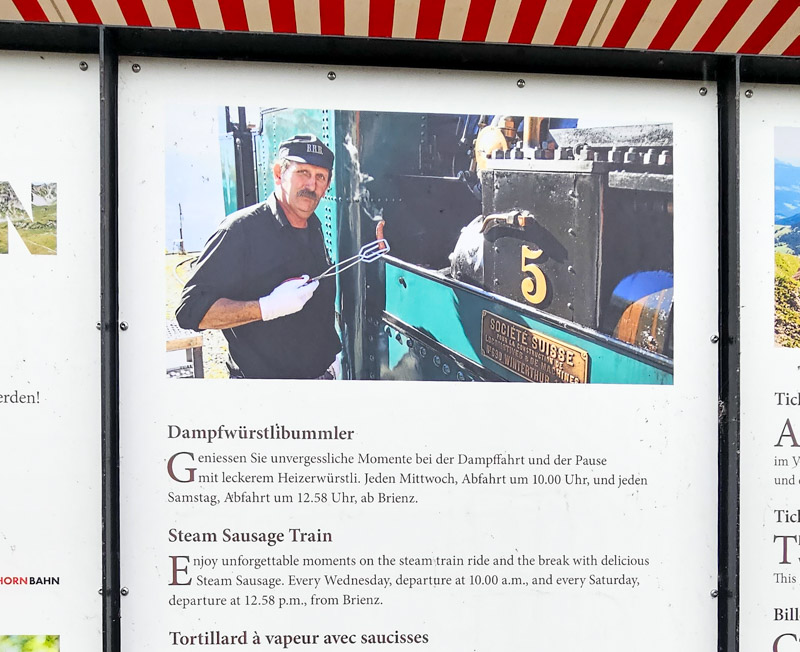
The train was in the station, half a dozen bright red carriages with a shiny black locomotive at the bottom. I took a middle seat on one of the benches and the locomotive began to push us up the mountain. The BRB is a steep-grade railway. Despite what we were taught by The Little Engine That Could, repeating I think I can, I think I can isn’t actually enough to overcome the effects of gravity. Our train has a toothed cog wheel underneath, which connects to a toothed rack rail between the tracks.
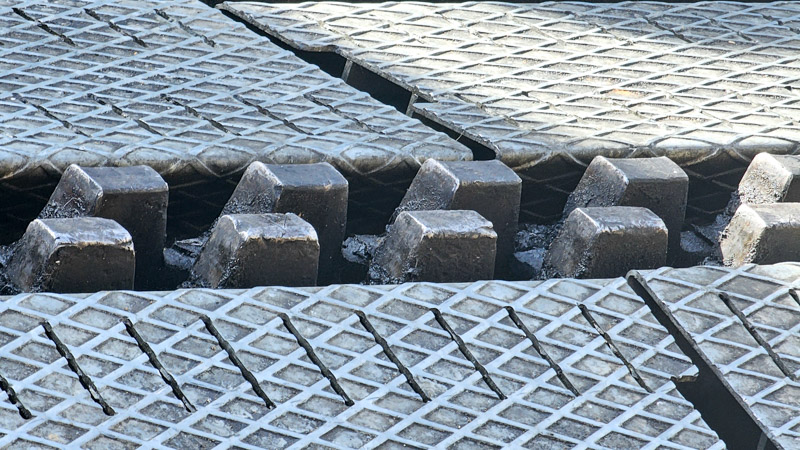
The BRB is the only cogwheel railway in Switzerland with a daily steam operation, an accident of history. Seven hundred workers, mostly from Italy, spent 16 months constructing the line. The engineer and developer Alexander Linder predicted a worst-case scenario of 12,000 guests a year and the line opened in 1892 with considerable fanfare and a capacity of 25,000 passengers/year.
However, that first year of operation didn’t see 25,000 passengers or even 12,000. The line ran at a loss with only 5,000 paying passengers in the first year.
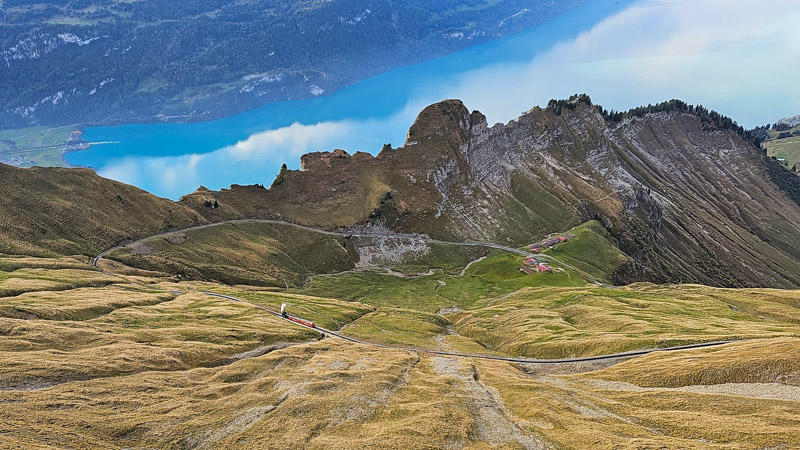
I was also not off to a good start, having strained every one of my calf and thigh muscles hiking to the peak of Tschingel to view the airshow on the days previous. It was rather a relief to find I could gain just as much altitude without even having to stand up.
A young Asian woman sitting next to me excitedly took photos of the train and the lake and the carriages above and below us and the locomotive chugging throughout. I thought she must be a real train fan but then a maple leaf blew into the open carriage and her excitement doubled. She took photographs of the leaf and of herself with the leaf and, as the train gained altitude, pictures of the leaf held out over the view of the lake.
We clacked our way around a bend and through the first of five dark tunnels. I couldn’t help but think of the slow climb of a roller coaster just before it reaches the apex and screams down the mountain at G-force 5, heading for the loop-de-loop. Thankfully, the BRB continued to climb steadily as the forests gave way to alpine meadows and rocky ridges.
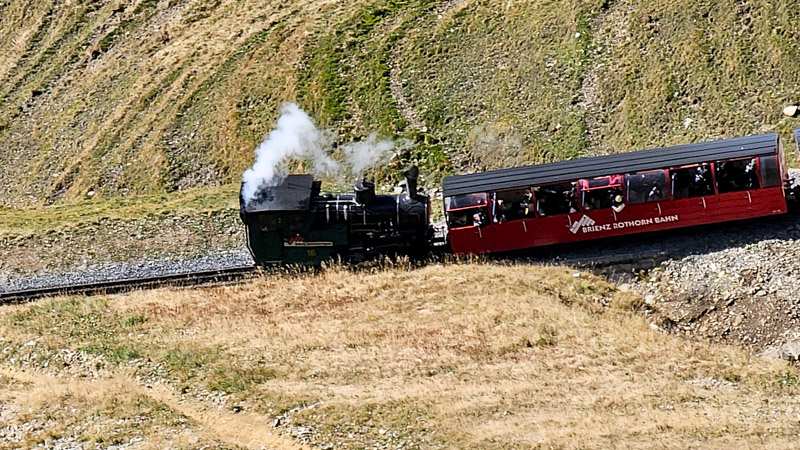
The BRB was suspended in 1914. Sadly, operations were not resumed after the end of the war. In fact, there were plans to demolish the facility but the Brienzers objected by forming enough committees that nothing drastic could be achieved. Although there were no plans to restart the line, essential maintenance was continued.
This is important because during this time, the other railways in Switzerland were all upgraded and electrified. In 1931, the Brienz Rothorn Bahn had a new unique selling point and reopened as the only steam-operated cogwheel operation in Switzerland. A side note on the website concedes that although it is true that some of the other lines also have steam trains, they are only for special occasions and not for regular use.
Five of the original steam locomotives from 1892 are still in use, along with another two built in the 1930s. Three diesel locomotives were added to the fleet but 1992 saw a return to steam, this time using oil-fired locomotives instead of coal. Our train was powered by the first of these new-fangled steam engines: locomotive #12, able to carry 120 passengers with two staff (locomotive driver and train attendant; the coal-fired locomotives require a stoker as well). It took just over an hour to travel the 7.6 kilometres (4.7 miles) to the top station, Rothorn Kulm.

We disembarked at 2,244 metres (7,362 feet) above sea level to a cruelly freezing breeze. We gathered in a small shelter, pretending to be interested in the display showing the inner workings of the steam train.
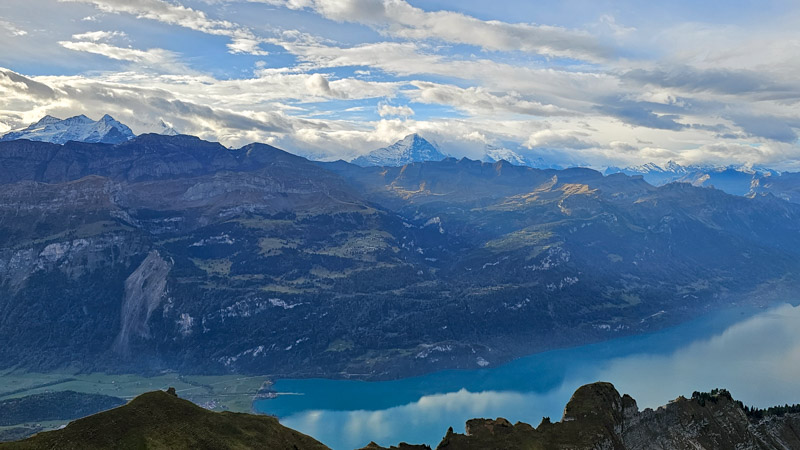
Thankfully, it was only a brisk walk in the piercing wind to a cafeteria which offered rather more excitement, by which I mean real coffee –and at surprisingly reasonable prices, considering we had nowhere else to go. The mountain lodge was closed for renovations. A few foolhardy people continued to climb to the very summit of the mountain but, too sore from the exertions from the previous two days, I stayed on the terrace close to the working espresso machines. I was rewarded with a bird’s eye view of the F-18 Hornets from the airshow departing Meiringer Airbase far below.
I retreated back to the station to find another of the 3rd generation steam engines waiting for me. Locomotive #14 was purchased in 1996 for a cost of CHF 2,100,000 (just over two million in euros/USD or a bit under two million in GBP). This time, I arrived early enough to get a window seat. The driver whistled happily as he hopped in at the front. Soon, we were clacking our way down the mountain.
The locomotive uses 2,000 litres of water for a return trip and so we stopped halfway, at Planalp station, to have our water tank refilled. I fell into conversation with an American sitting across from me, who was being shown around Switzerland by his uncle, Swiss, sitting next to me.
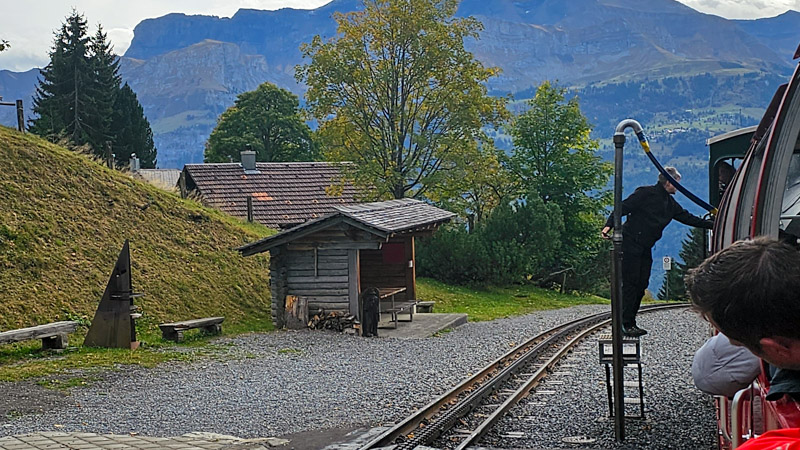
I told them that I’d come to Brienz for the airshow. “Oh, is that why all the hotels were full,” said the uncle. They had ended up taking rooms in the Grandhotel Giessbach, a luxury hotel built in 1875 in the style of a French baroque palace alongside the Giessbach waterfall. The uncle assured me that the hotel was beautiful but the price, extravagant. He wondered how a foreigner would know about a Swiss airshow in a small town like Brienz. “I’ve never even heard of it,” he said, although they both agreed they’d noticed the fighter jets over the lake the day before. Where had I come from? Estonia, I said, but then quickly explained that I was originally from California.
The uncle smiled. He had been to California in 1964. He’d gone to the US to visit his sister, who had moved to Connecticut. While there, he’d bought a car and spent two weeks driving west, ending up in the San Bernadino mountains. My father lived in San Bernadino and although it’s a nice place, I suspected those mountains would not make a great impression compared to the Swiss Alps. In a sudden fit of American exceptionalism, I grasped at the only thing I could think of that we might do better than the Swiss. “Was it a cool car? Like, a big American car?” It was, he said to both questions, and got out his phone.
He searched for a moment and showed me a suave young man in sunglasses posing next to a two-tone sedan with an abundance of chrome trim. I asked if I could have a photograph of his photograph of the photograph and he held the phone out for me, allowing himself to show in the reflection.
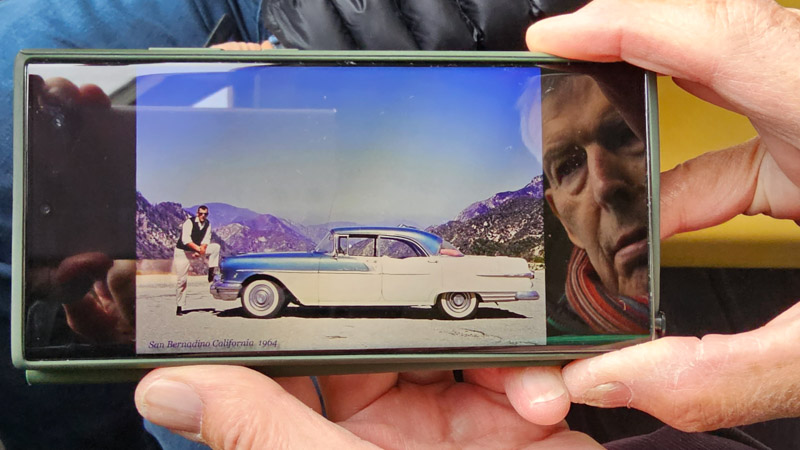
Too soon, the train was pulling into the station at the foot of the mountain. My train journey was over. When the Brienz Rothorn Railway opened, the Brünig railway line connected Brienz with Lucerne to the east but westbound travellers had to travel by ship across Brienz Lake; the Brünig was not extended until 1916.In the spirit of Brienz’s history, I took the ferry around the lake to Interlaken and from there a direct train to Zürich airport.
If you find yourself needing to travel to Brienz, I definitely recommend taking the slow travel options.
